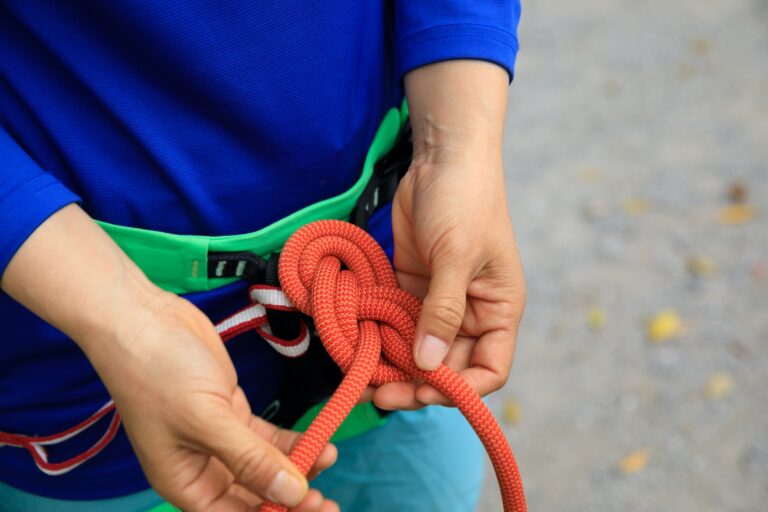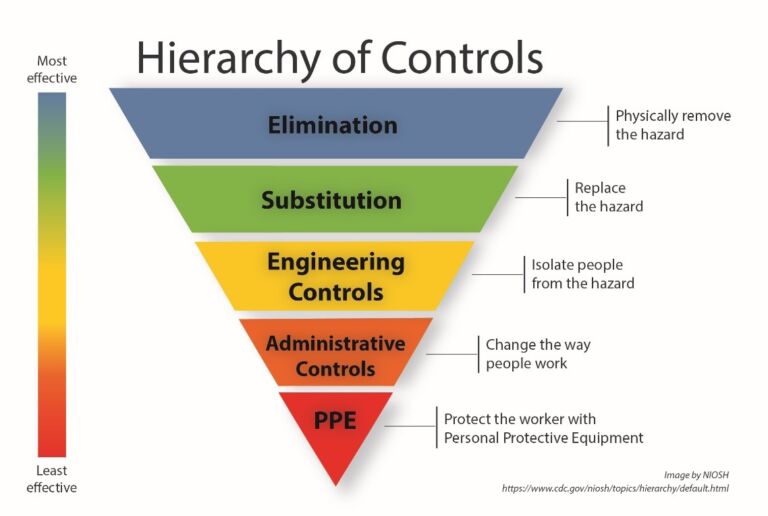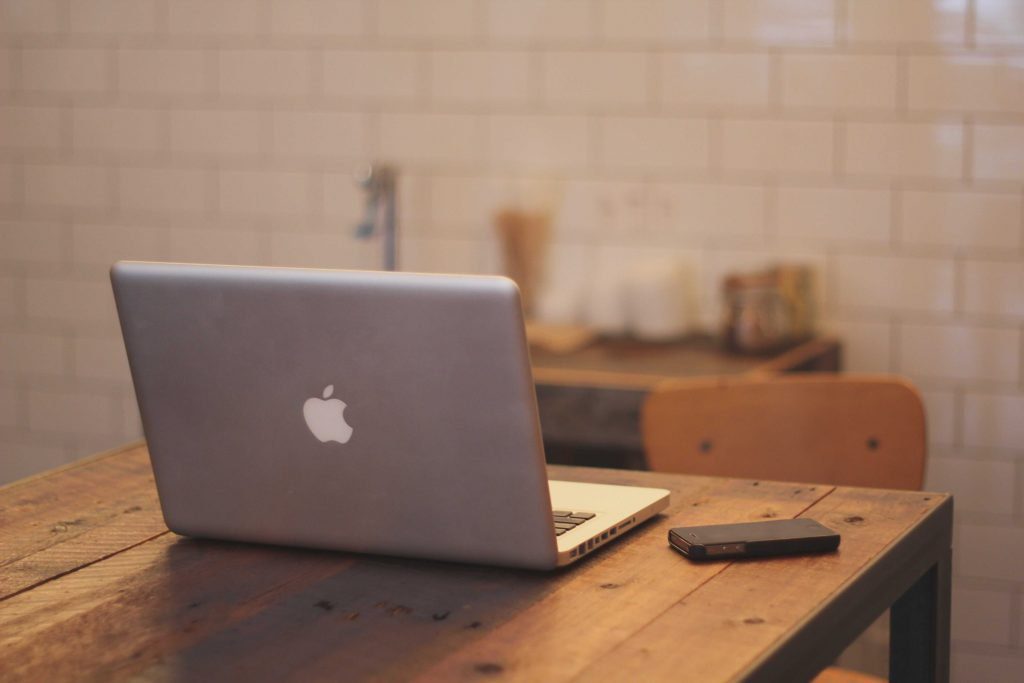The safety of employees has to be at the forefront of every employer’s mind. So heavily implied that this mindset has to be adopted and nurtured, that whole seminars have been organized simply to emphasize to employers and staff to take every necessary precaution to ensure a safe workplace, physically and mentally.
Among all the sectors in Malaysia, the construction and the manufacturing sector has to be the two sectors that has to take every safety precaution imaginable to ensure its workers safety. Just to put emphasis on how dangerous these sectors really is.
According to a DOSH report published in 2021, there were 174 occupational accidents that resulted in death of persons involved across all sectors. Out of those 174 cases, over 65 of it came from the construction sector, followed by 48 from the manufacturing sector and 17 from Finance, Insurance, Real Estate and Business Services. Deaths in the construction and manufacturing sector make up over 65% of all accidents.
That is a terrifying number.
WHAT ARE THE COMMON CAUSES OF ACCIDENTS?
Before we get into how the steps to reduce existing hazards at the workplace, let’s get into some common safety hazards that employers and workers have to be aware of while going through their day-to-day at the construction site or factories. These are:

1) Falling Objects
Those working at construction sites and factories are no strangers to random objects falling down from above. This can range from harmless objects such as a coworkers clothing to dangerous items such as a loose brick or metal objects and as such it is important that hard hats be worn at all times at the workplace!
2) Trips and Slips
While this may sound like a simple reason and laughable cause, a bad slip can result in broken bones, torn ligaments and be a source of severe head trauma.
3) Exposed or faulty electric lines
Today’s sites and factories heavily rely on electrical tools and machinery to operate efficiently. There are powerlines everywhere and one simple mistake while operating machinery or simple going through the day-to-day checkups can result in an accident in an instant.
4) Being pulverized by Heavy Machinery
Operating heavy machinery at times very risky business. Regardless of the skills and training of the operator, regardless of all the safety precautions pre-installed into the machinery to minimize risk of accident, accidents will happen eventually. As stated by Murphy’s Law “Anything that can go wrong, will go wrong”.
NIOSH HIERARCHY OF CONTROLS
Next! Moving on to the meat of this article, the methods that an employer can implement to reduce existing hazards. This method was actually developed and implemented by the National Institute for Occupational Safety and Health (NIOSH) and is more commonly known as the NIOSH Hierarchy of Controls.

Based on the above pyramid, there are 5 levels of hazard controls, which are Elimination, Substitution, Engineering Controls, Administrative Controls and Personal Protective Equipment (PPE), that will be reviewed in detail below. The methods involved are arranged from most effective at the top, to the least effective at the bottom.
1) Elimination of Hazard
The most effective method to prevent accidents is by simply working to eliminate any and all hazards entirely.
2) Reduction (Substitution) of Hazards
Next is the reduction (substitution) of existing hazards. This method should be employed if the hazard cannot be removed or replaced all together. Add more machine guards, update old machinery to those with more safety features, anything to help get rid of unnecessary risks.
3) Implementing Engineering Controls
If the above two options didn’t work and the hazard is still present, attempt engineering controls such as modifying the existing system to provide better protection to your employees.
4) Implementing Administrative Controls
Administrative Control translates to rules, operating procedures, and the implementation of safety signs to alert workers. All this should be put into place by the employer.
5) Personal Protective Equipment
The final step in the NIOSH Hierarchy of Controls is the PPE. Now that the hazardous conditions are minimized at the workplace, the employers have to choose the appropriate PPE for their employees. This will provide an extra layer of protection in the event of an accident.
It has never been said, too much protection is overprotection. There is a responsibility, not only among employers but also their workers to be diligent and aware when it concerns their safety at the workplace. However, as employers, they will have to go the extra mile to ensure the safety of their workers. By correctly adopting the NIOSH Hierarchy of Controls in the right situations, employers are sure to reduce the risk of accidents at the workplace.








